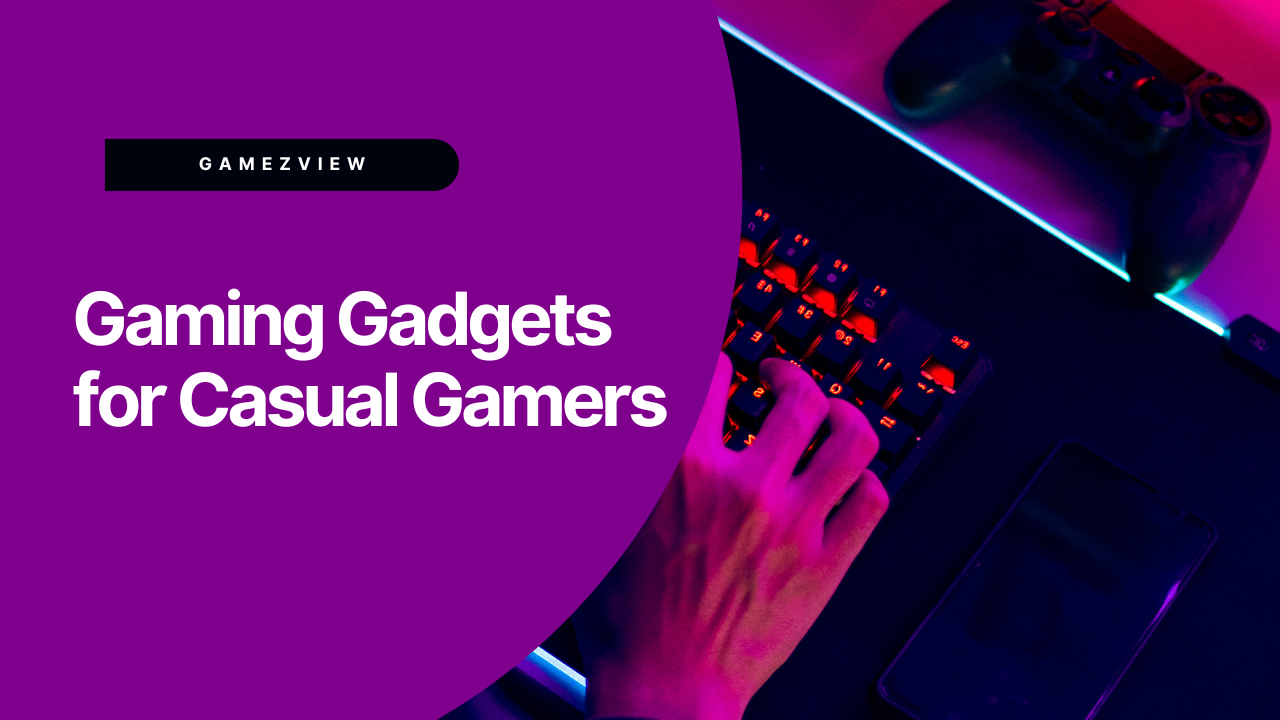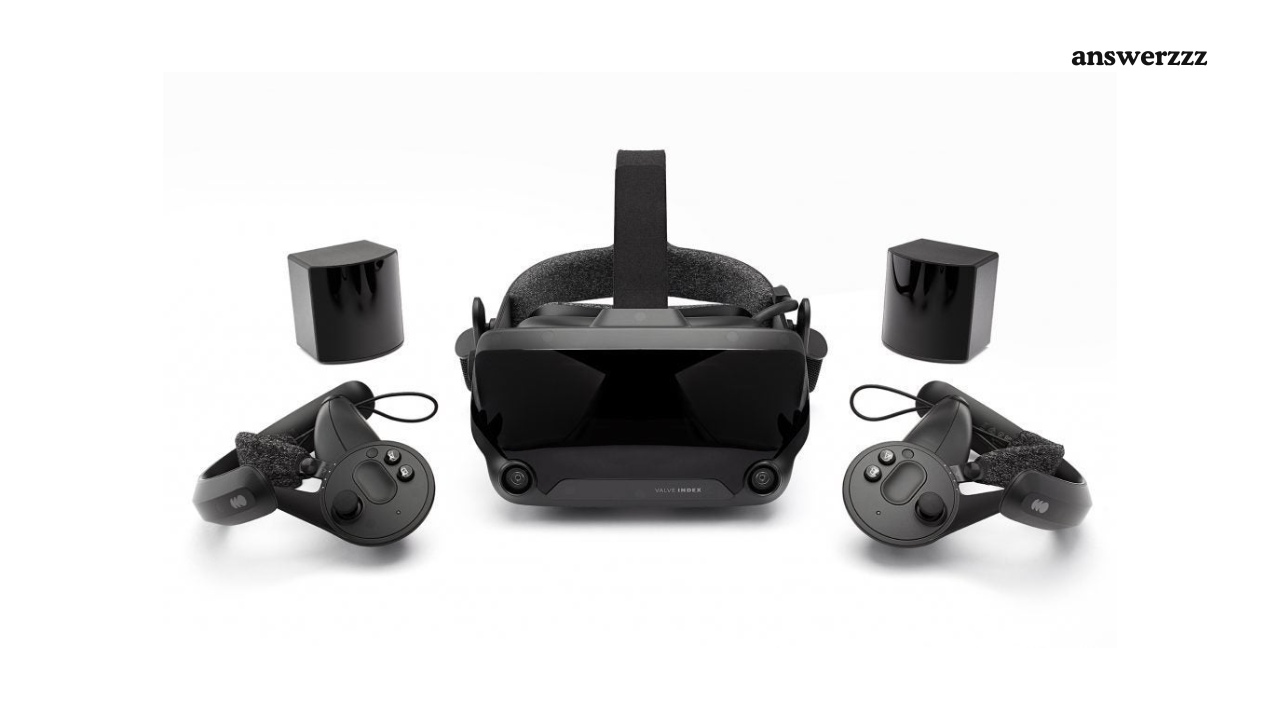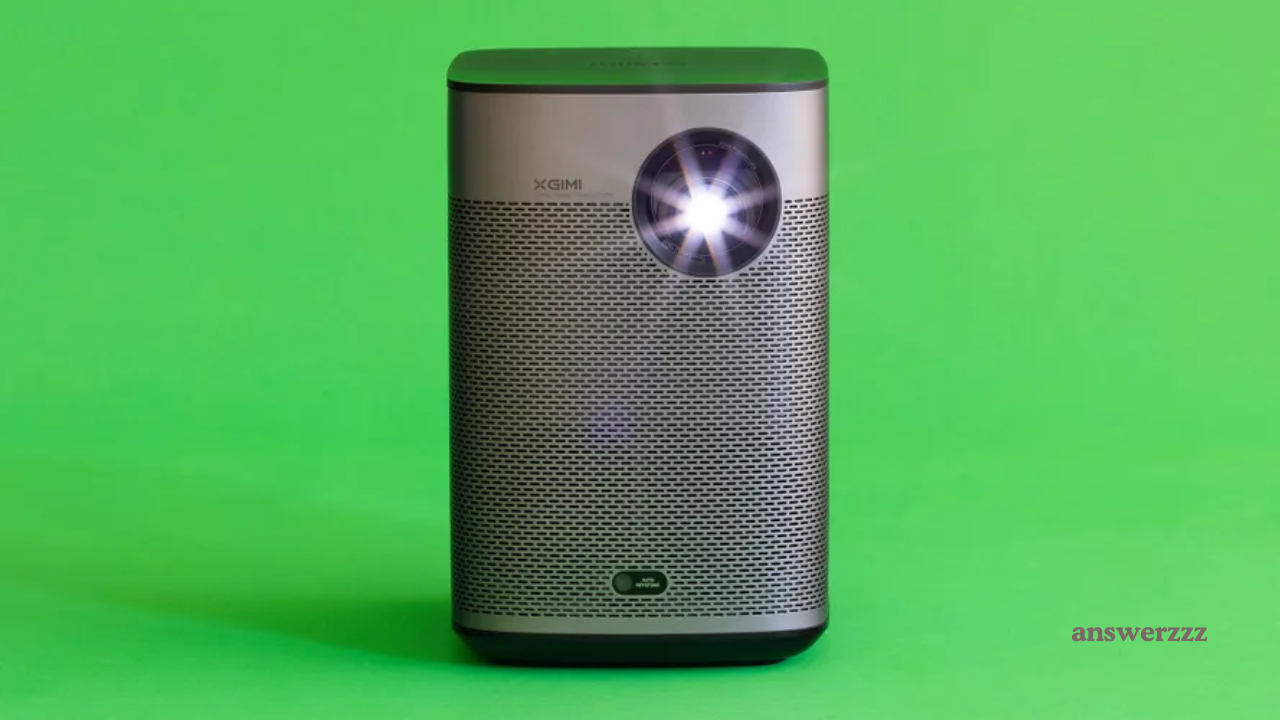Gaming gadgets encompass a wide range of devices designed to deliver an engaging gaming experience. These include handheld consoles and mobile devices, which are specifically engineered to run a variety of games, from simple puzzles to complex simulations.
1.2 Relevance to Casual Gamers
Casual gamers represent a significant portion of the gaming community, often seeking quick and enjoyable gaming experiences without the commitment required by traditional gaming consoles or PCs. Handheld consoles and mobile devices offer the perfect solution, providing accessible and diverse gaming opportunities.
1.3 Importance of Handheld Consoles and Mobile Devices
Handheld consoles and mobile devices have revolutionized the gaming landscape by making it more inclusive and accessible. They allow gamers to play anytime and anywhere, bridging the gap between hardcore gaming setups and casual gaming needs.
2. Handheld Consoles
2.1 Overview
Handheld consoles are portable gaming devices that integrate all gaming components into a single unit, typically featuring built-in controls and a screen. These consoles are designed for gaming on the go, providing a dedicated platform for an immersive gaming experience.
2.2 Historical Context
Handheld consoles have evolved significantly since their inception in the late 1970s. Early models like the Nintendo Game Boy paved the way for today’s advanced devices, offering more sophisticated graphics, extensive game libraries, and enhanced interactivity.
2.3 Key Features
- Portability: Compact design for easy transportation.
- Integrated Controls: Built-in buttons and joysticks for seamless gaming.
- Dedicated Gaming: Optimized for gaming with minimal distractions.
- High-Quality Display: Advanced screens for superior graphics.
2.4 Popular Models
- Nintendo Switch: Known for its hybrid functionality, allowing it to be used as both a handheld and a home console.
- PlayStation Vita: Offers a high-resolution display and a robust game library.
- Nintendo 3DS: Features stereoscopic 3D without the need for glasses.
- Sega Game Gear: An early contender with a color screen.
2.5 Comparative Analysis
Handheld consoles vary widely in their features and capabilities. The Nintendo Switch’s hybrid design sets it apart from purely handheld devices like the PlayStation Vita, which focuses on traditional portable gaming. The choice often comes down to personal preferences and specific gaming needs.
3. Mobile Devices
3.1 Overview
Mobile devices, including smartphones and tablets, have emerged as powerful gaming platforms. They offer convenience and a vast array of games, making them ideal for casual gamers who prefer short, on-the-go gaming sessions.
3.2 Evolution of Mobile Gaming
Mobile gaming has come a long way since the days of simple, text-based games. Today’s devices feature sophisticated hardware capable of running high-quality games with intricate graphics and gameplay mechanics, thanks to advances in mobile technology.
3.3 Key Features
- Touchscreen Interface: Provides intuitive controls for a wide range of games.
- App Stores: Easy access to thousands of games across various genres.
- High-Resolution Screens: Enhance the gaming experience with clear, vibrant graphics.
- Multifunctionality: Serve multiple purposes beyond gaming, such as communication and productivity.
3.4 Popular Mobile Devices
- Apple iPhone: Known for its high-quality display and robust app ecosystem.
- Samsung Galaxy Series: Offers powerful performance and a large screen, ideal for gaming.
- iPad: Larger screen provides an enhanced gaming experience.
- Google Pixel: Known for its clean interface and high-resolution display.
3.5 Comparative Analysis
Mobile devices offer versatility that handheld consoles do not, as they can serve multiple functions beyond gaming. However, they may lack the dedicated gaming features and physical controls that handheld consoles provide, which can affect the gaming experience.
4. Benefits of Handheld Consoles and Mobile Devices for Casual Gamers
4.1 Accessibility and Convenience
Handheld consoles and mobile devices are incredibly accessible, allowing gamers to pick up and play anywhere, anytime. This convenience makes gaming a more integrated part of everyday life.
4.2 Cost-Effectiveness
Compared to traditional gaming consoles or PCs, handheld consoles and mobile devices are generally more affordable, making them an attractive option for budget-conscious gamers.
4.3 Portability
The compact and lightweight nature of these devices means they can easily be carried around, making them perfect for gaming on the go, whether on a commute, during travel, or simply lounging at home.
4.4 Variety of Games
Both platforms offer a wide range of games, from simple puzzles and casual games to more complex titles, catering to various tastes and preferences among casual gamers.
4.5 Social Interaction
Many games on these platforms include social features, allowing players to connect with friends, compete in multiplayer games, and share their gaming experiences on social media.
5. Challenges and Limitations
5.1 Hardware Constraints
Handheld consoles and mobile devices have limited processing power and storage compared to dedicated gaming PCs or consoles, which can restrict the complexity and performance of games available on these platforms.
5.2 Game Availability
While there are many games available, some popular titles may not be released on handheld or mobile platforms, limiting the choice for gamers who prefer specific franchises or genres.
5.3 Battery Life Issues
Battery life is a significant concern for both handheld consoles and mobile devices, as extended gaming sessions can quickly drain power, necessitating frequent recharges.
5.4 Performance Limitations
Performance issues such as lag and lower graphical fidelity can affect the gaming experience, especially in more demanding games. This is more pronounced in mobile devices due to their multitasking nature.
5.5 Pricing Concerns
While generally more affordable than traditional consoles, some high-end handheld consoles and premium mobile devices can still be quite expensive, potentially putting them out of reach for some casual gamers.
6. Latest Innovations in Handheld Consoles and Mobile Devices
6.1 Technological Advancements
Recent innovations include improved processors and graphics chips, allowing handheld consoles and mobile devices to run more sophisticated games with better graphics and smoother gameplay.
6.2 Integration of AI and AR
Artificial Intelligence (AI) and Augmented Reality (AR) are increasingly being integrated into games, providing more immersive and personalized gaming experiences that enhance the appeal of these platforms.
6.3 Enhanced Graphics and Performance
Advancements in display technology and graphics processing have led to handheld consoles and mobile devices that can deliver high-quality visuals and performance comparable to traditional consoles.
6.4 Cross-Platform Compatibility
Many new games offer cross-platform play, allowing gamers to compete and collaborate with players on other devices, which broadens the gaming community and enhances the overall experience.
6.5 Cloud Gaming
Cloud gaming is becoming more prevalent, enabling gamers to stream high-quality games on handheld consoles and mobile devices without needing powerful local hardware, thus overcoming some performance limitations.
7. Future Prospects
7.1 Trends in Handheld Console Development
Future handheld consoles are expected to continue integrating advanced technologies such as 5G connectivity, further blurring the lines between portable and home gaming experiences.
7.2 The Future of Mobile Gaming
Mobile gaming is set to expand with the introduction of more powerful hardware and the increasing availability of high-speed internet, making it easier to access and play high-quality games on the go.
7.3 Predictive Trends
The gaming industry is likely to see more hybrid devices that combine the portability of handheld consoles with the versatility of mobile devices, catering to the evolving needs of casual gamers.
7.4 Consumer Expectations
Consumers will continue to demand more powerful devices with longer battery life, better graphics, and a wider selection of games, driving innovation and competition in the market.
7.5 Market Projections
The market for handheld consoles and mobile gaming is projected to grow significantly, with more companies entering the space and existing players expanding their offerings to capture a larger share of the casual gaming market.
8. How to Choose the Right Device for Casual Gaming
8.1 Assessing Gaming Preferences
Consider the types of games you enjoy and whether they are available on handheld consoles or mobile devices. Some platforms may have exclusive titles that cater to specific genres.
8.2 Budget Considerations
Evaluate your budget to determine which devices are within your price range. Factor in the cost of games and any necessary accessories or subscriptions.
8.3 Evaluating Device Specifications
Look at the hardware specifications of potential devices, such as screen size, resolution, processing power, and storage capacity, to ensure they meet your gaming needs.
8.4 Game Availability and Support
Check the availability of your favorite games on each platform and consider the level of support and updates provided by the device manufacturers.
8.5 Brand Reputation and Reviews
Research the reputation of different brands and read reviews from other gamers to get an idea of the device’s reliability and performance.
9. User Guides and Tutorials
9.1 Setting Up Your Handheld Console
Step-by-step instructions for setting up your handheld console, including initial configuration, software updates, and game installation.
9.2 Optimizing Mobile Devices for Gaming
Tips on optimizing your mobile device for gaming, such as adjusting settings for performance, managing storage, and extending battery life.
9.3 Best Practices for Game Downloads
Advice on safely downloading games, managing app permissions, and avoiding malware and other security risks.
9.4 Troubleshooting Common Issues
Common problems and their solutions, such as dealing with lag, resolving connectivity issues, and troubleshooting hardware malfunctions.
9.5 Maintenance Tips
Tips on maintaining your device, including cleaning the screen and controls, updating software, and protecting against physical damage.
10.1 Recap of Key Points
Handheld consoles and mobile devices offer casual gamers a convenient, cost-effective, and portable gaming solution with a wide variety of games and social features.
10.2 The Evolving Landscape of Casual Gaming
The landscape of casual gaming continues to evolve with technological advancements, providing more engaging and immersive experiences for gamers.
10.3 Final Thoughts and Recommendations
For casual gamers, choosing the right device involves considering your gaming preferences, budget, and desired features. Whether you opt for a handheld console or a mobile device, the key is to find a platform that offers the best balance of performance, convenience, and fun.
FAQs
What is the best handheld console for casual gamers? The Nintendo Switch is widely considered the best handheld console for casual gamers due to its hybrid functionality, extensive game library, and portability.
Are mobile devices good for gaming? Yes, mobile devices are excellent for gaming, offering a wide variety of games, easy accessibility, and the convenience of being able to play anywhere.
How do handheld consoles compare to mobile devices in terms of gaming? Handheld consoles often provide a more dedicated gaming experience with physical controls and optimized performance, while mobile devices offer versatility and access to a broader range of games and apps.
What should I look for in a gaming device? Consider factors such as game availability, device specifications, budget, and portability. Ensure the device meets your gaming needs and preferences.
Are there any budget-friendly gaming gadgets? Yes, there are several budget-friendly options available, including the Nintendo Switch Lite and various affordable Android smartphones that offer a good balance of performance and cost.



